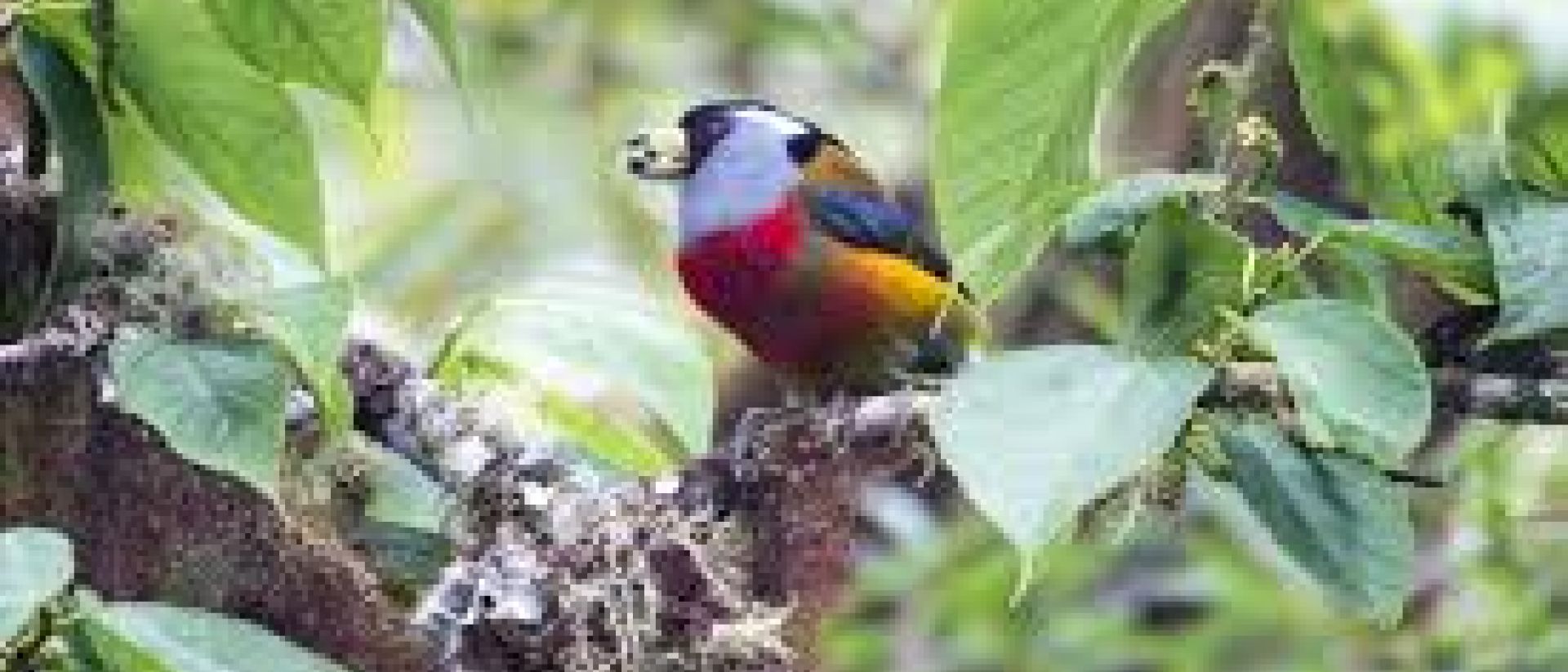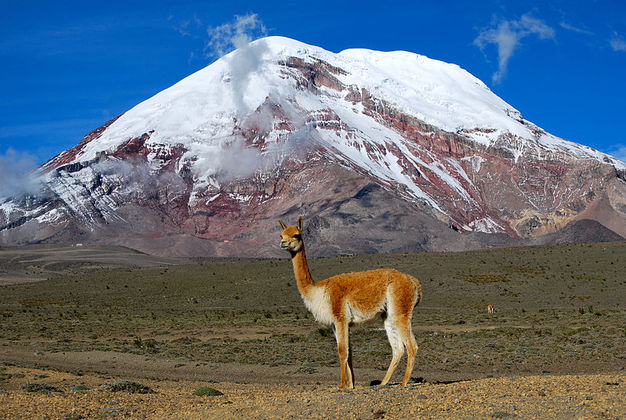
ACTION ALERT: Quito to Vote
On Becoming Earth’s First Mine-free City
EKO
(August 2, 2023) — Quito, the capital of Ecuador, could be the first city to do something incredible: end mining forever.
Community members have been collecting signatures for years. Now they’ve collected enough to force a binding public referendum to be held in August. The referendum will ask the city’s residents if they support permanently stopping mining licenses from being issued in the Andean Chocó, the city’s northern forest.
If the community members win, the authorities will no longer be able to grant mining licenses.
ACTION: Only people living in Quito can participate in the referendum… But for the rest of us who want to show our support – add your name here!

Mining lobbyists are very concerned about the possible results of the referendum and have printed opinion articles full of disinformation about the benefits of mining. If the referendum bans mining licenses in the Chocó, Quito will stand as a symbol that a world without more mining is possible.
The Andean Chocó is located in the northwest of the city of Quito and it is one of the last remaining forests of the city. Its biodiversity and endemism have made the Andean Chocó worthy of the status of biosphere reserve, a designation given by UNESCO. The Chocó is one of the sources of food and water for the city of Quito and other surrounding cities.
Annually, the Chocó removes at least 266,000 tons of carbon dioxide from the Earth’s atmosphere.
There is a real possibility of winning. It is a golden opportunity that could set a precedent throughout Latin America and the world. But media outlets are siding with the mining lobby. Now activists are asking us to gather support and attention from around the world:
ACTION: Help make Quito the first mining-free city!
It’s crucial that we show international support for this initiative, and that Quito becomes the first mining-free city of many more!

Chocó Andino de Pichincha Biosphere Reserve
UNESCO
Chocó Andino de Pichincha Biosphere Reserve is located in northern Ecuador, in the Pichincha province, north-west of the capital city of Quito. The altitude of the area ranges from 360-to-4,480 meters a.s.l. Its biodiversity and endemism along with that of the Amazon and Galapagos, have made Ecuador worthy of the status of biodiversity hotspot.
The Chocó Andino region extends over two critical ecoregions: the humid forest lowlands of the Chocó-Darien, which extend from Panama to the Ecuadorian West, and the Northern Andean Mountain Forests. Approximately 880,000 people live in the proposed biosphere reserve.

Ecological Characteristics
The Choco Andino de Pichincha area extends from the outer foothills of the western cordillera of the Andes to its inner foothills. The region encompasses two critical ecoregions: the humid moist forest of the Chocó-Darien, which extend from Panama to the Ecuadorian West, and the Northern Andean Mountain Forests.
Natural fragmentation of the western moist forests has resulted in rapid evolution of new endemic species. Around 10,000 species of plants have been reported, of which about 2,500 are endemic.
The region is considered a biodiversity hotspot gathering some 270 species of mammals, 210 reptile species, 200 birds species and 130 amphibian species. These include the spectacled bear (Tremarctos ornatus), Ecuadorian mantled howler (Alouatta palliata aequatorialis), pacarana (Dinomys branickii), olinguito (Bassaricyon neblina) as well as endemic species such as the Choco toucan (Ramphastos brevis), Pichincha rocket frog (Hyloxalus toachi) and speckle-faced parrot (Pionus tumultuosus).

Socio-Economic Characteristics
The area has a population of approximately 880,000 inhabitants. Main economic activities include retail trade and industrial manufacturing. The population is also engaged in agriculture, particularly the planting of fruit and vegetables, especially the cultivation of sugar cane in Pacto and Nanegal; fish farming, breeding of trout and tilapia; and livestock.
Many archaeological sites of the Yumbo culture can be found in the area. The Yumbo built a lasting culture on the rich, volcanic mountainsides of the Pichincha Volcano, using their skills as farmers and merchants to become indispensable to neighboring tribes.
Like many South American tribes, the Yumbo fell ill from diseases like smallpox and the population was heavily decimated in the first two decades after European colonization. But it wasn’t until 1660 that the Yumbo culture disappeared after the eruption of the Pichincha Volcano, which left a thick layer of ash over Tulipe and the surrounding area.